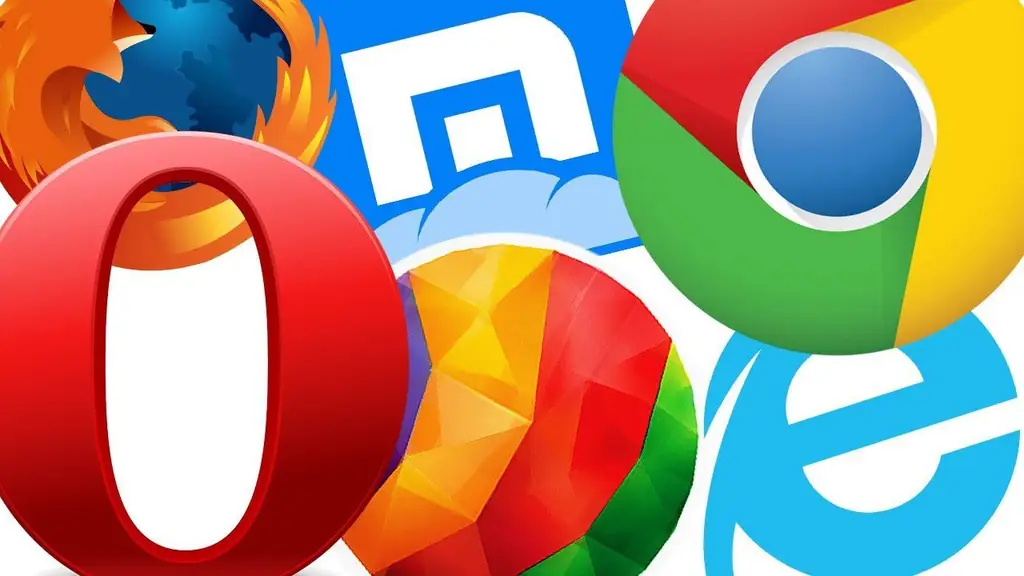
Table of contents:
- Author Bailey Albertson [email protected].
- Public 2023-12-17 12:53.
- Last modified 2025-01-23 12:41.
Pictures are not displayed in the browser: causes and solutions

Sometimes users notice that images do not open when viewing a page in a browser. Such a problem can arise in different cases, but its solution usually needs to be found very quickly. To do this, you need to identify the causes and eliminate system malfunctions.
Content
-
1 What to do if pictures disappeared in the browser
-
1.1 Clearing the cache in different browsers
- 1.1.1 Opera
- 1.1.2 "Yandex Browser"
- 1.1.3 Google Chrome
- 1.1.4 Video: How to clear the cache and cookies of Google Chrome
- 1.2 How to disable Fast Boot
-
1.3 Configuring extensions
- 1.3.1 In Google Chrome
- 1.3.2 In Yandex Browser
- 1.3.3 In Opera
- 1.3.4 Video: How to remove an extension in the Opera browser
-
1.4 JavaScript connection
1.4.1 Video: How to enable and disable JavaScript in Google Chrome
-
What to do if images disappeared in the browser
The operation of different browsers is prone to interruptions and crashes. One such phenomenon is the lack of pictures. Instead of images, you can see empty squares with crosses or something similar. This greatly interferes with the comfortable use of the browser, does not allow you to quickly find the information you need and makes it difficult to navigate through the pages of sites.
Clearing cache in different browsers
The cache is a fast-access intermediate buffer that contains the most frequently requested information. This simplifies the work on the Internet, since the requested files are issued by the browser as quickly as possible. Gradually, a lot of such files accumulate. The system spends a lot of time searching for the necessary elements, which leads to a decrease in performance. The browser will work slowly, and you can speed it up by clearing the cache, which will also solve the problem of loading images.
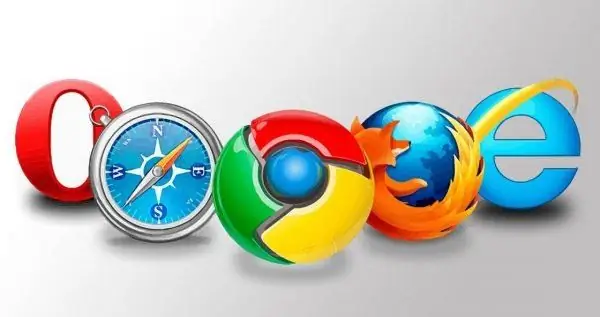
All browsers use information caching technology, so you need to delete the cache periodically
Opera
To optimize the cache in the Opera browser, you can do the following:
-
Launch the browser, open "Menu" - "Settings". We find the section "Security", located on the left.

Security tab in Opera browser In the settings menu, go to the item "Security"
-
In the column "Confidentiality" we activate the "Clear" button.

"Clear browsing history" button Press the button "Clear browsing history"
-
A list of sections appears, among which you should define the ones to be cleared. Check the box next to the inscription "Cached images and files". Then we press the button "Clear browsing history".

Setting marks for cleaning partitions You can check the boxes opposite other sections if you need a more thorough cleaning of the browser
Yandex browser
The Yandex browser may also display image failures. In this case, the cache clearing technology is similar to working with Opera:
-
We activate the item "Menu", and then "History".

"History" button in the "Yandex" menu To clear the cache, you need to open the browser history
-
You need to clear this section, for this, in the next window, click again the button labeled "History". You can also use the keyboard shortcut Ctrl + H.

Option for the list of the history of visits to "Yandex" There is a button in the browsing history to clear the Yandex cache
-
In the window that opens, select the period for which cleaning is required, for example, for the past day or for the entire time. We mark the item "Files saved in the cache". If you need to clear the cookie, then mark this line, and then click "Clear history".

Selecting the function of clearing the cache in the Yandex browser If necessary, you can clear other sections of the Yandex browser.
Google chrome
The technology for removing accumulated files in the Google Chrome browser differs little from the cases considered. In the upper right corner of the browser window, click the "History" button and go to the corresponding section. The visit log opens, where you need to find the "Clear history" button. Opposite the line "Cookies" should be ticked, and then at the top next to the item "Delete the following items" check the box "For all time" and click "Clear history".
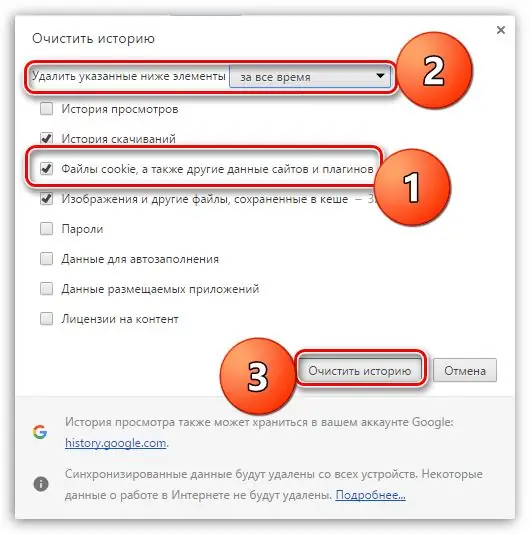
The technology for clearing the cache of Google Chrome differs little from working with Yandex
Video: How to Clear Google Chrome Cache and Cookies
How to disable Fast Boot
If the loading of a web page takes a very long time, then the browser can automatically prohibit the display of images. As a result, the user sees only text information. To eliminate such a defect, you need to change the settings. The technology is similar in all browsers. Let's look at step-by-step actions using Google Chrome as an example:
-
We open a browser and any web page. Next to the page address, click on the "Site Information" button, and then "Site Settings". A tab appears with a "Pictures" section. This is where the settings for the display of pictures take place.

The "Pictures" tab in the Google Chrome browser In the browser you need to find the "Pictures" section
-
Click on the line "Show all". Then you can close the settings section and reload the browser web page.

"Show All" section in Google Chrome browser Show All is the default browser setting
For the Opera browser, the following sequence of actions is performed: "Menu" - "Settings", then click "Sites" - "Images" - "Show". Thus, you can restore the display of images in just a few steps.
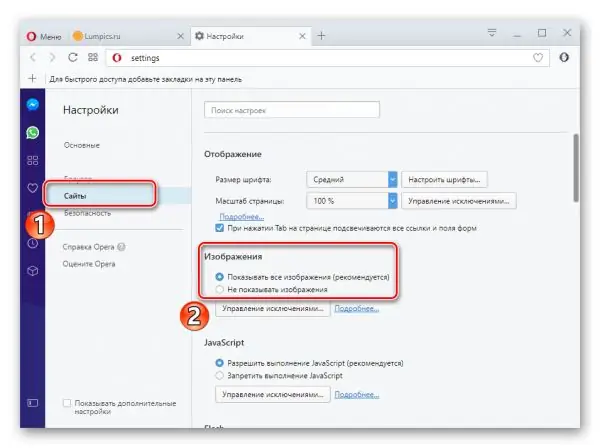
In the Opera browser, you can customize the display of pictures in a few steps
Configuring extensions
Browser extensions are responsible for increasing the functionality of the browser. Sometimes working with these programs involves blocking the elements necessary for the operational operation of the site. Popular options for such extensions are NoScript, Adblock, and Adblock Plus. You can determine the parameter that interferes with the display of images by disabling all extensions and turning them on one by one.
In Google Chrome
To configure settings in Google Chrome, you need to do the following:
-
In the upper right corner, open the menu, and then the section "Additional tools" - "Extensions".

Extensions tab of the Google Chrome browser To configure Google Chrome, you need to open the "Extensions" tab
-
In the list of settings that opens, select the ones you want to remove. Opposite each option, you can see an icon in the form of a trash can, clicking which leads to the removal of the extension.

Removing extensions in Google Chrome Removing extensions allows you to customize the display of images
- The action taken must be confirmed, for this, in the dialog box that appears, press the "Delete" button.
In Yandex Browser
To optimize Yandex, you need to press Menu, select Add-ons, and then find the line "From other sources." Here you should select unnecessary add-ons, when you hover over them, the inscription "Delete" will appear. You need to click on it and confirm the action, after which the extension will be removed.

In the Yandex browser, you can select and remove unnecessary extensions in the Add-ons section
In Opera
In the Opera browser, you can remove unnecessary add-ons in the same way as in other systems. For this, the following actions are carried out:
-
You can get to the extensions section by simultaneously pressing the Ctrl + Shift + E keys or through the "Extensions" section of the main menu.

"Extensions" line in Opera browser Go to the "Extensions" section of the main menu
-
When you hover the mouse cursor over the required add-on, a red cross appears on the right. To delete, click on it and confirm the action in the window that appears.

Removing extensions in Opera browser To remove an extension, click on the cross of the desired block
-
After that, the add-on will be removed. Instead, you can simply disable the functionality of the extension. To do this, there is a corresponding button opposite each extension name.

Disable extensions in Opera browser Disabling extensions can speed up your browser
Video: how to remove an extension in the Opera browser
JavaScript connection
JavaScript is a special programming language that allows you to increase the functionality of web pages. Without it, the displayed content on sites will be sparse and images may be missing. Therefore, you need to enable its support. To do this, you need to carry out the following actions:
- in the Yandex Browser on the main web page, one by one click "Add-ons" - "Settings" - "Advanced" - "Personal data" - "Settings". In the JavaScript line, select the "Allow" item and click "Finish". After that, the page should be refreshed;
- to configure Google Chrome, you need to launch the browser and open "Management" - "Settings". At the bottom of the page, select "Advanced Settings" and then "Personal Information" and "Content Settings". In the JavaScript section, check the box "Allow" and click "Finish";
- in the address bar of the Mozilla Firefox browser, you need to type the command: about: config. On the new page that opens, press the "Accept" button, then type in the search bar: javascript.enabled. Click on the search result with the right mouse button, and then in the "javascript.enabled" item, click "Switch". After that we refresh the page.
Video: How to enable and disable JavaScript in Google Chrome
The absence of images after loading a web page can be easily fixed in the settings of any browser, but it is important to first determine the cause of the problem. In the future, it is easy to prevent such situations if you know the features of the device of popular browsers.
Recommended:
A Laptop Or Computer Does Not See A WiFi Network: What To Do, How To Solve The Problem With Wi-Fi Connection
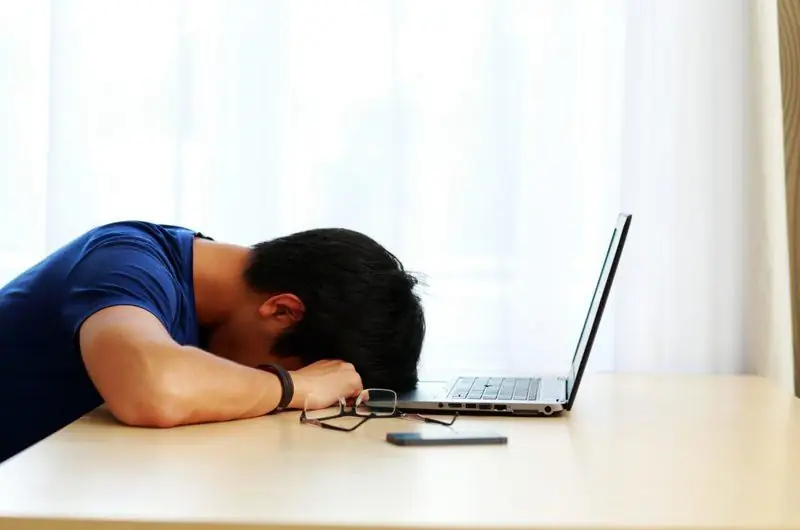
Why does the system not display your Wi-Fi access point? What to do if only your network is not visible or if the list of connections is completely empty
The Network Cable Is Not Connected: Possible Causes Of The Error And How To Solve It
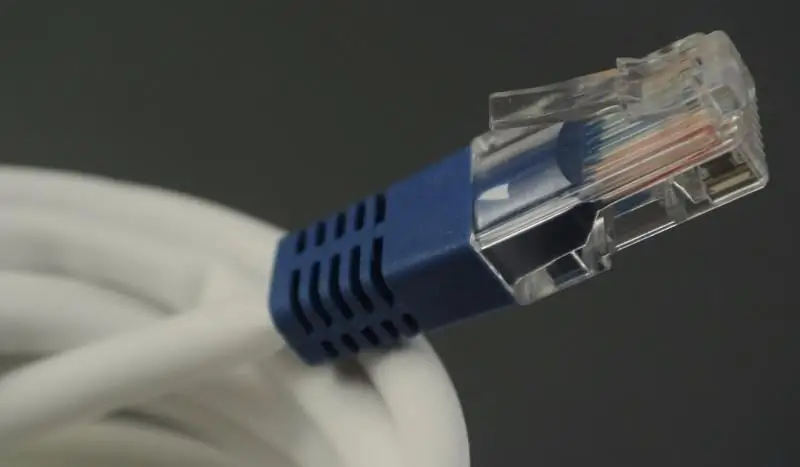
Checking the network cable, the main causes of connection problems and their solution: hardware problems, driver and settings of the network card
No Internet Connection: Causes Of The Problem And How To Solve It
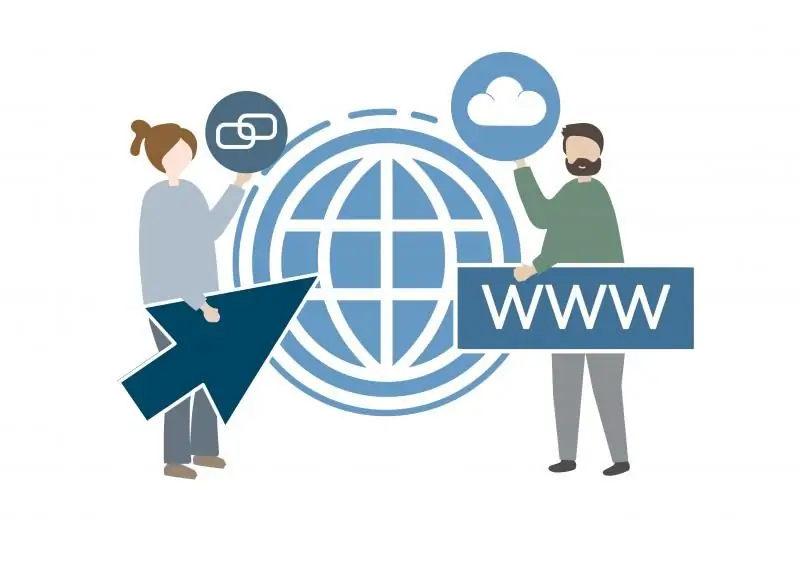
Why are there problems with the network connection. What to do if your Windows 7 or 10 PC suddenly lost connection: analysis of effective ways
What To Do If The Video Does Not Play In The Browser - The Reasons And The Solution To The Problem, Instructions With The Photo

Why videos may not play in the browser. Causes of problems, as well as proven solutions
What To Do If Pages With Sites Do Not Open In The Browser, But The Internet Is Working At The Same Time - We Solve The Problem In Different Ways
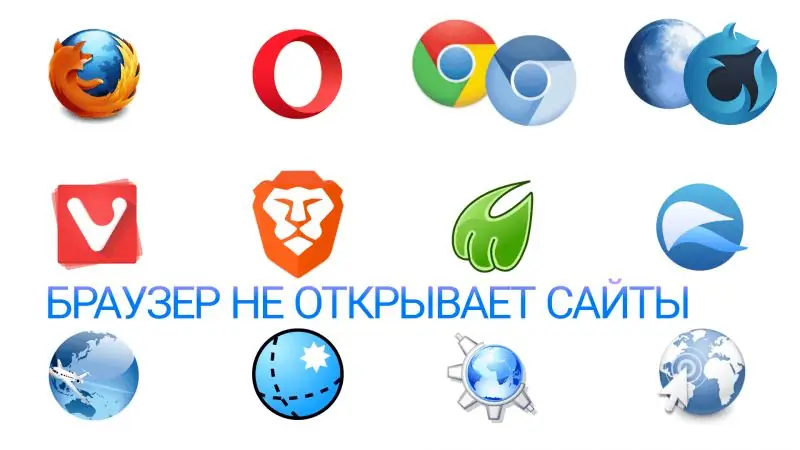
How to eliminate the inoperability of sites in the browser when the Internet is running. Correcting errors in the registry, changing DNS settings, removing plugins, etc
